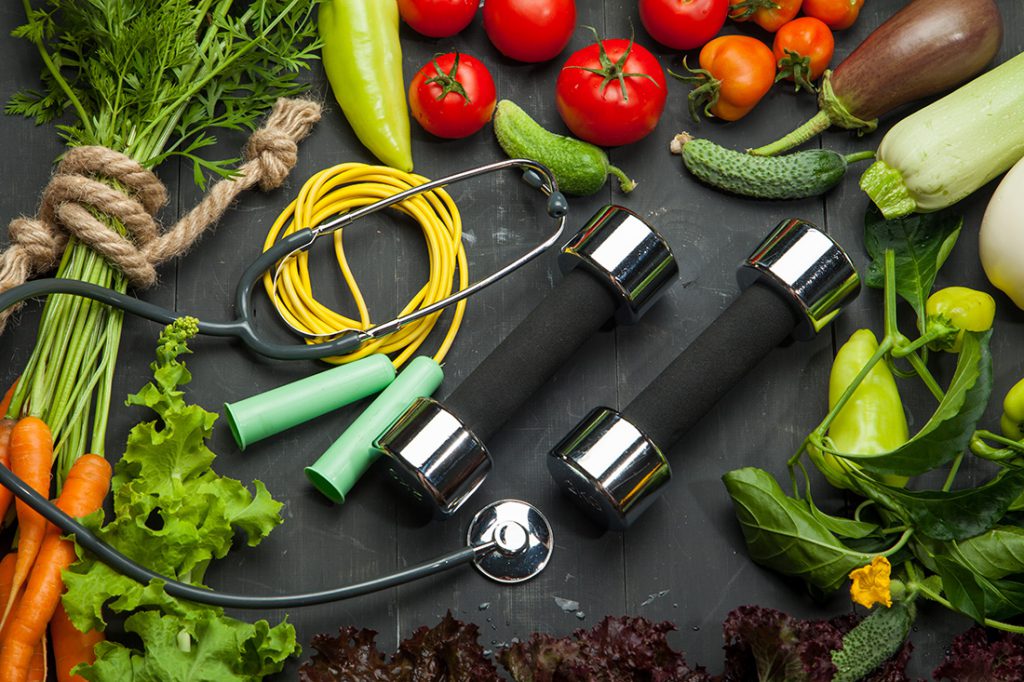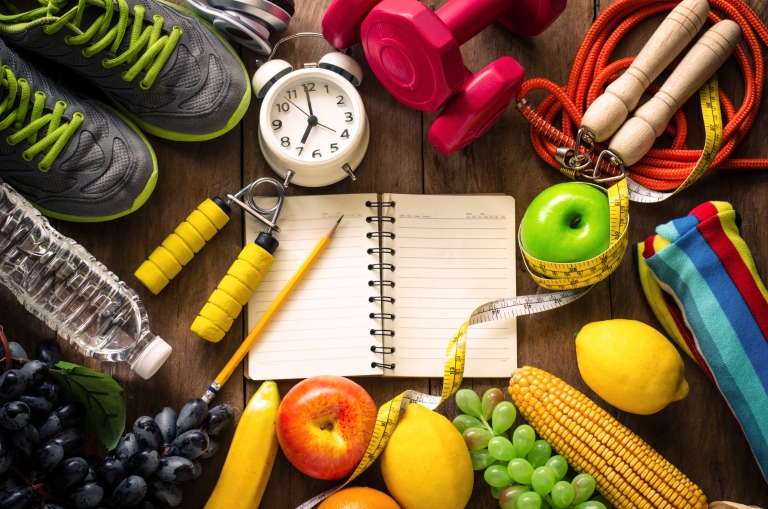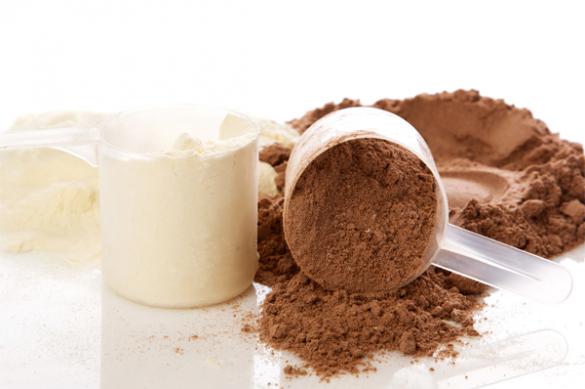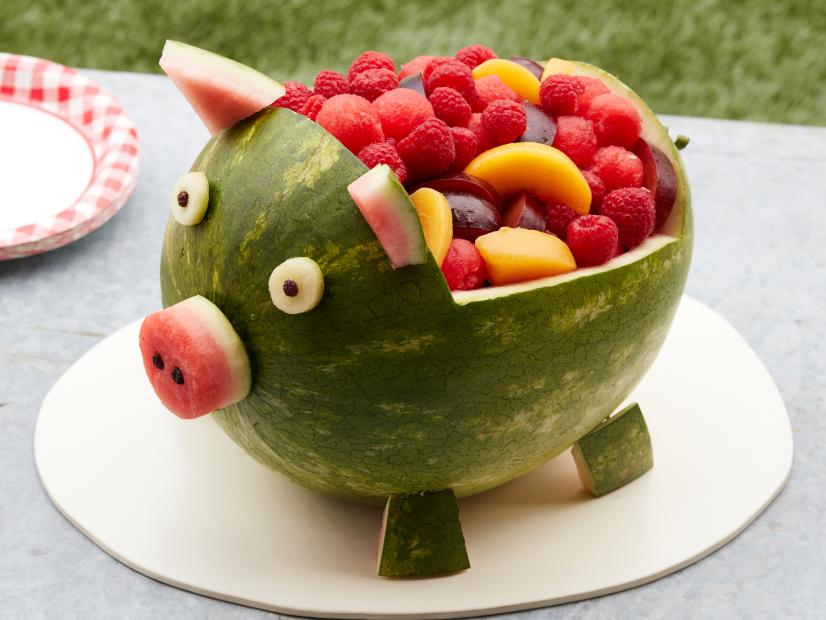
In this article you will learn:
- What the glycemic index really says
- How many calories, fructose and which nutrients are contained in watermelon
- How many calories different fruits have compared to other classic summer snacks
- The truth about whether fruits can make you fat because of their fructose
Summer temperatures above 30 ° C – fresh fruit like a delicious watermelon is just the thing. But wait: doesn’t fruit make you fat? Are you risking your beach figure?
The word got around: Fruit contains fructose, which in recent years has led to a wave of panic and the demonization of fruit as a fattening food.
Previously, the opposite was preached for a long time – fruit was considered an elementary component of a healthy and figure-friendly diet.
As it is, the magazines have to write and the truth has to give way to clickbait.
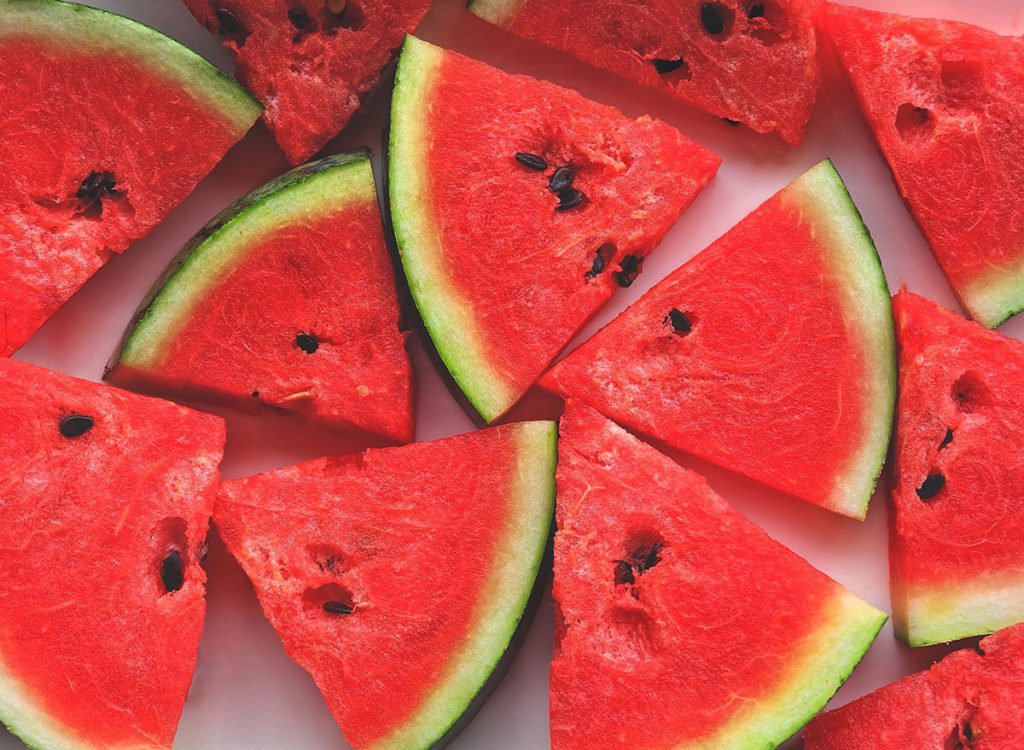
But what’s wrong now? Does the watermelon really make you fat? Here you get the full truth about what fruit really does to your character.
I will explain this using the example of watermelon, but in the course of the article I will also put other well-known types of fruit such as pineapple, honeydew melon, mango and apple and other classic summer snacks in relation and classify them correctly so that you can see exactly where the fattening foods lurk.
Let’s start with the obvious: the watermelon has a shockingly high glycemic index at around 72 – reason enough to ban it from any diet? Not at all!
Because the glycemic index is often misunderstood. It serves as a tool to evaluate the effects of different foods on blood sugar levels. The higher the value, the greater the increase in blood sugar.
Bold BUT: This value, which incidentally is also subject to considerable fluctuations, relates to the reference amount of 50 g carbohydrates per food. That means, not the actual carbohydrate content of a food is evaluated, but the effects of 50 g of carbohydrates in this food.
A watermelon contains just 8 g of carbohydrates per 100 g. To get this high glycemic index, you would have to eat 625 g melon.
For comparison: white bread has almost the same glycemic index as watermelon. However, you should only eat around 100 g of it to get this value. What is more filling – 625 g melon or 100 g white bread?
Glycemic index, fructose content – these are all rather minor factors at this point, which are inflated by the media in order to be able to offer new content. If we look at the bare numbers instead, the scare tactics are put into perspective.
The watermelon contains just 30 kcal per 100 g. Let this number melt in your mouth. 30 ridiculous calories per 100 g melon.
Let’s put this number in context:
- The perverse amount of 1 kg melon contains just 300 kcal.
- A Snickers provides a whopping 488 kcal per 100 g (so again much more than 1 kg of melon …).
- Corny bars provide around 445 kcal per 100 g.
- Soft ice cream contains around 222 kcal per 100 g.
- Ben & Jerry’s ice cream has a cost of around 270 kcal / 100 g.
- Even Capri ice cream provides more than twice as many calories as melon.
The ice cream, popular at these temperatures, contains significantly more calories. Hell, almost everything has more calories in it … so what’s the scare tactic about?
Of course, it is not just calories that count, but all of the nutrients and these make our watermelon, as well as other types of fruit, of course, appear in an even better light:
- The watermelon consists of around 96% water.
- The red color of the watermelon is due to lycopene, a powerful antioxidant that catches free radicals.
- In addition to a particularly high proportion of vitamin A , the watermelon also contains vitamin C, calcium, potassium, iron and magnesium.
- Due to the high content of the amino acid citrulline, which is converted in the body into the vasodilating amino acid arginine, watermelon has a positive effect on blood pressure and can prevent high blood pressure, according to a study by the Florida State University shows
All of this is contained in its natural form and is therefore best used for the body.
I have taken watermelon out as an example for this article because it is the ideal snack for warm days and is particularly low in calories – it consists almost entirely of water.
But the principle applies to all fruits. Compared to the real fatteners of our time, fruits are low in calories, delicious and real nutrient bombs – exactly the right thing for everyone who cares about their health, fitness and figure!
Yes, they contain fructose – so what? You have to know how to classify the numbers correctly!
I have already arranged the watermelon for you above. The following list shows that other classic summer fruits also fall into this category:
- Pineapple: 50 kcal
- Apple: 52 kcal
- Raspberries: 34 kcal
- Strawberries: 34 kcal
- Blueberries: 42 kcal
- red currants: 36 kcal
- Plums: 46 kcal
- Apricots: 42 kcal
- Peaches: 39 kcal
- Cherries: 50 kcal
The rounded figures refer to 100 g of the fruit.
The bottom line is that fruits like watermelon are also ideal if you want to burn body fat.
Few calories, an abundance of important micronutrients, fiber and of course a lot of water make fruits the perfect food in summer. They provide energy, but not too much, they are refreshing and simply taste good. For well-being, you shouldn’t forget this factor either.
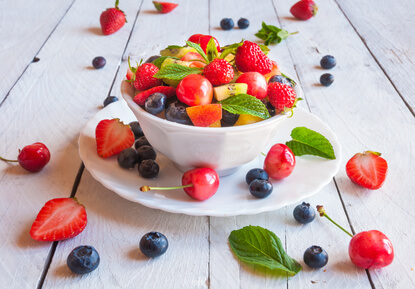
I myself have noticed that with fruits in summer I have more energy and also a greater desire to move.
All nutrition books hide the fact that “correct nutrition” also depends on the weather. Hunger is greater on cold days than on warm days. During normal or cold days a protein-rich breakfast such as scrambled eggs or steaks makes you fully satisfied and fit for the day, fruits are sometimes the better choice on warm days.
Uninformed magazines warn that “too much fruit” can kill the beach figure and gain weight. Now that we’ve fixed that to bare numbers, we have to ask ourselves what the hell “too much” actually means here. How many apples are really too many for the figure?
The simple truth is:
You are more likely to get sick than to take in too many calories through fruit!
“Real foods” are those that you can eat without counting – that simply will not lead to weight gain due to the energy to satiety ratio .
Fruit falls into this category. Anyone who gains weight from fruit must have their metabolism shot up beforehand through crash diets, muscle breakdown and a massive lack of exercise.
For normal people, juicy fruits such as watermelon are the perfect stimulus in summer to ensure a healthy amount of exercise even on warm days. So don’t get confused – watermelon and other fruits are just perfect on these days. Enjoy them and don’t worry about your beach figure. The real figure killers are somewhere else. Period.

 Muscle Gain Or Fat Loss – Which Comes First?
Muscle Gain Or Fat Loss – Which Comes First?  Phenomenon ‘Mental Codes’ – You have to know this secret fitness mechanism
Phenomenon ‘Mental Codes’ – You have to know this secret fitness mechanism  Training with your own body weight: How to get in top form without a gym
Training with your own body weight: How to get in top form without a gym  Daily Discipline – Stop Chasing After And Do What Needs To Be Done!
Daily Discipline – Stop Chasing After And Do What Needs To Be Done! 